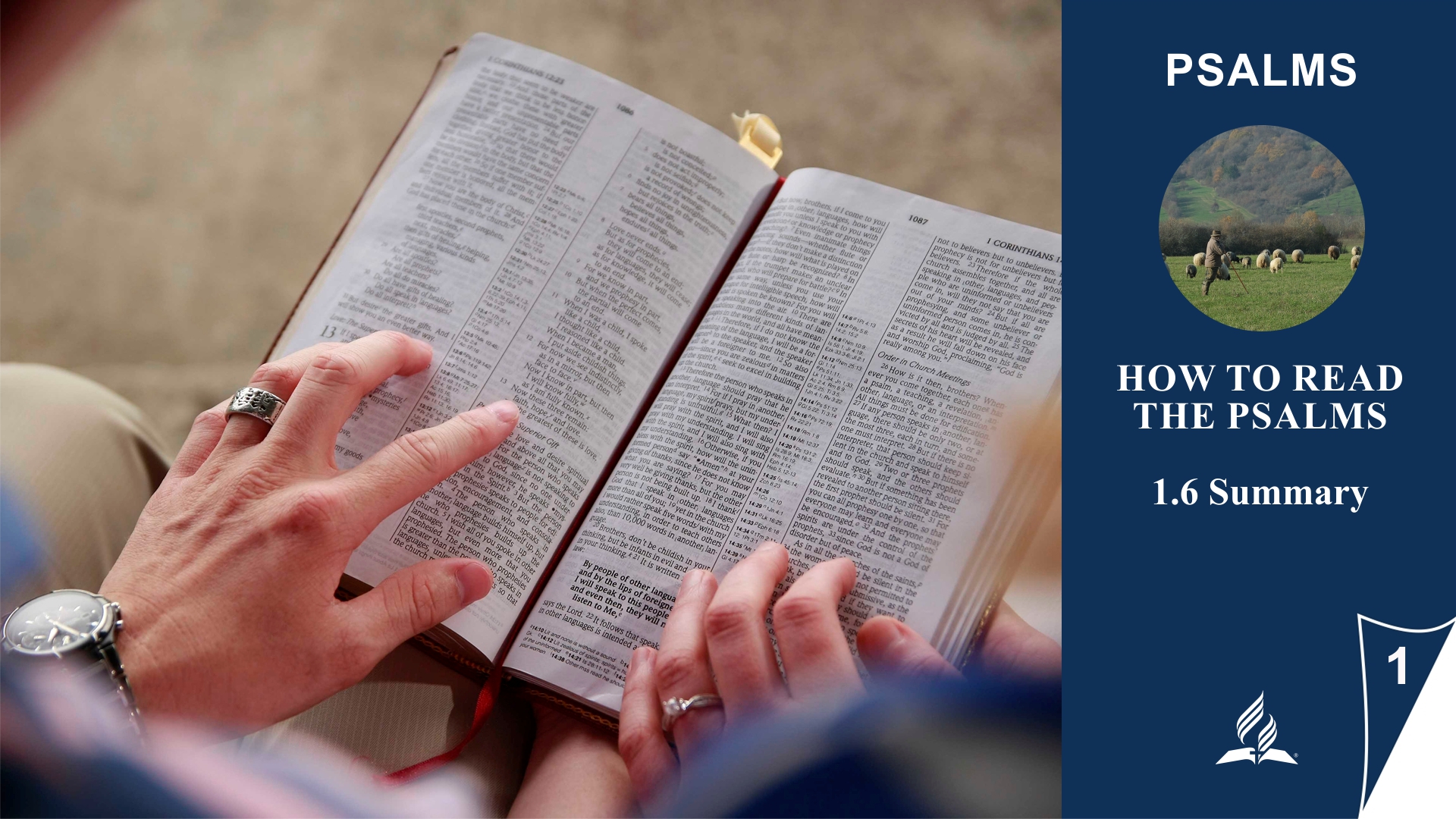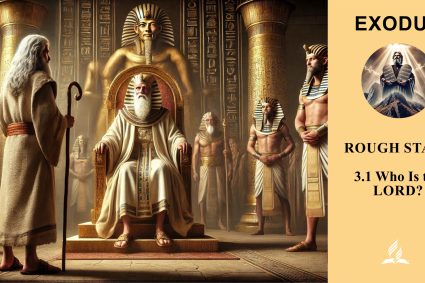Lesson 1: How to Read the Psalms | 1.6 Summary


1.6 Summary
The first lesson emphasizes the fundamental aspects of reading and understanding the Psalms:
-
Diversity of the Psalms:
-
The Psalms encompass a wide range of genres, including hymns, thanksgiving songs, lamentations, wisdom psalms, and more. This diversity requires attentive and nuanced reading to grasp the different intentions and expressions.
-
-
Historical Context:
-
The historical background and circumstances under which specific Psalms were composed influence their meaning. Understanding the context in which the Psalms originated helps to comprehend their deeper layers and concerns.
-
-
Liturgical Use:
-
The Psalms were used in both private and communal worship. They served as hymns in the temple worship, during religious festivals, processions, and various occasions in the life of the people of Israel. Their liturgical use shaped their original function and significance.
-
-
Spiritual Application:
-
The Psalms are not just historical documents; they also have a spiritual dimension. Their application extends beyond the historical context and remains relevant for believers of every generation. The Psalms provide a rich source for prayer, worship, and spiritual reflection.
-
-
Jesus and the Psalms:
-
Jesus actively used the Psalms and affirmed their messianic significance. His quotes from the Psalms underscore their fulfillment in him and emphasize their enduring relevance for Christian faith.
-
Overall, the lesson encourages viewing the Psalms not only as historical texts but also reading them as a living and spiritual resource. A deeper understanding of their diversity, context, and applicability allows discovering and appreciating the timeless message of the Psalms in various life situations.
(Visited 16 times, 1 visits today)
Post Views: 684




















